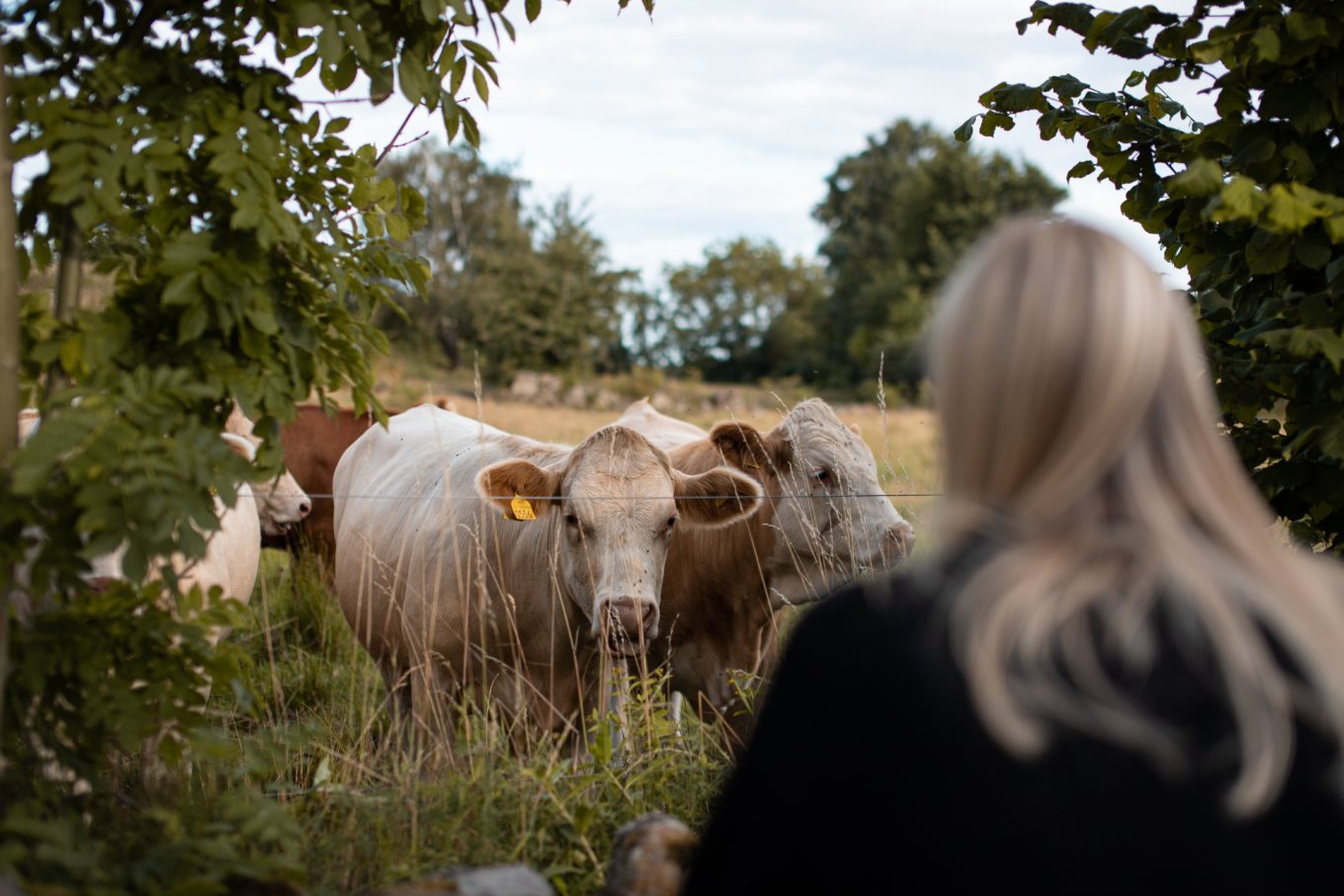Kulning is a traditional form of singing originating from Sweden that was primarily used as a herding call. The word “kulning” comes from the Swedish word “kul” which means “to make a sound,” and the term has been used since at least the 16th century to describe the practice of using vocalizations to communicate with animals.
Kulning is most often associated with the Swedish province of Dalarna, but it is also practiced in other parts of Sweden as well as Norway and Finland. The technique involves singing high-pitched, melodic tones that can be heard over long distances, and was traditionally used to call cows, goats, and sheep from the high pastures back to the farm in the evenings.
One of the unique features of kulning is the use of yodeling, or the rapid switching between chest and head voice. This technique helps to create a piercing, clear sound that carries over long distances and can penetrate through the noise of wind and water. The yodeling also helps to create a sense of urgency in the call, as it mimics the sound of predators or other danger that might be approaching the herd.
Kulning was not just a practical tool for communicating with animals, but it was also a form of art and entertainment. Women in particular were known for their skill in kulning, and it was often performed at weddings, festivals, and other special occasions. The songs themselves often featured themes of love, nature, and folklore, and were accompanied by traditional instruments such as the fiddle or the nyckelharpa.
In recent years, kulning has seen a resurgence in popularity, both in Sweden and internationally. The haunting, otherworldly sound of the herding call has captured the imaginations of musicians, artists, and filmmakers, and has been featured in a variety of contexts outside of its original purpose. For example, kulning has been used in movie soundtracks, as background music for yoga and meditation classes, and even in heavy metal music.
Kulning is also being preserved and taught as a traditional art form in Sweden, with workshops and festivals dedicated to the practice. Some of the most skilled kulning performers today are also incorporating modern techniques and influences into their music, creating a fusion of old and new that keeps the tradition alive while also making it relevant to contemporary audiences.
In conclusion, kulning is a unique and fascinating aspect of Swedish culture that has a rich history and continues to evolve in exciting new ways. Whether as a practical herding tool or a form of artistic expression, kulning is a testament to the creativity and resourcefulness of people throughout history who have found ways to use their voices to connect with the world around them.

